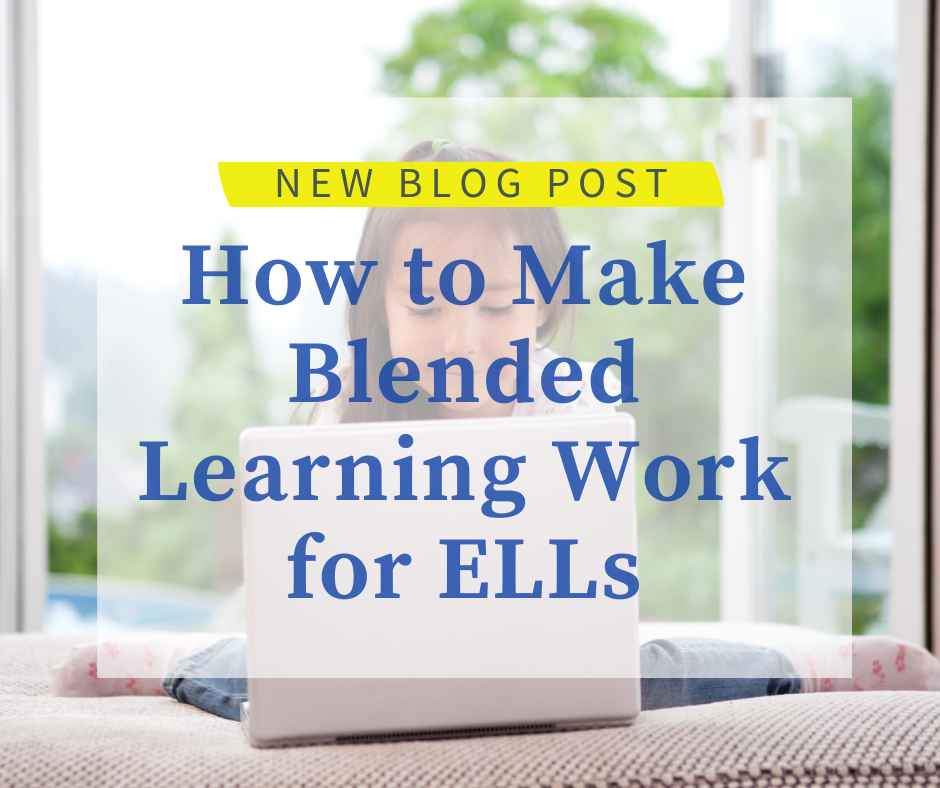
1. Focus your whole group time on speaking and listening opportunities.
We must keep in mind that our ELLs are learning in homes where the majority do not speak English as their first language. That means during our sessions and classes with ELLs we need to keep the priority of speaking and listening in English. How strong they are in a listening domain directly affects how well they will do in speaking, reading, and writing.
As you’re planning your lessons ask yourself this question: How am I providing opportunities for my ELL students to engage and respond to the materials? This might look like assigning homework that asks the students to record themselves talking about your lesson. Or it might look like teaching a mini-lesson and then having students work in partners together. The more ways you can incorporate opportunities to speak, the more it will help your ELLs learn and apply the material.
2. Make setting and reflecting on weekly goals a habit.
One skill that I believe is vital for the development and growth of ELLs is self-motivation. It is crucial for them to be responsible for their own learning and to see areas both of growth and of need for improvement.
So how do we help foster this?
One way is to make weekly goal setting and reflecting a priority. For example, on Mondays, you look at the week to provide an idea of what students should expect, including vocabulary words they are learning, what content they will be talking about, and an essential question that they will keep focusing on throughout the week. After this, give them an opportunity to set a personal goal for the week.
Then, on Friday, give them a chance to look back on the week to review the vocabulary words they learned, reflect on how well they understand them, and to critique how their goal went for the week. I believe one of the best things we can do to help our students during this time of uncertainty is help give them some structure and an idea of what to expect each week, and to help them set those small goals so that they can see the improvements they’re making.
3. Provide video and audio support for quality independent practice.
In the blended classroom, a lot of learning will be happening at home. So how do we make sure we are using that time well? Especially in the case of ELLs, if parents are unable to support the students at home in English, we need to make sure we are providing materials that can be done independently and are also rigorous.
Whenever you can, record yourself teaching using audio or video. This will greatly help your students.
An example of this kind of lesson can be found in ,,my digital centers for ELL newcomers. Each week of materials provides a video mini-lesson and then voiced over slides so that ELLs can independently work with these activities at home.
Want to try a sample for free of these digital centers?
,,Just click here!

I’d love to hear other ideas and what is working for you! Please share below, and let’s learn together.




